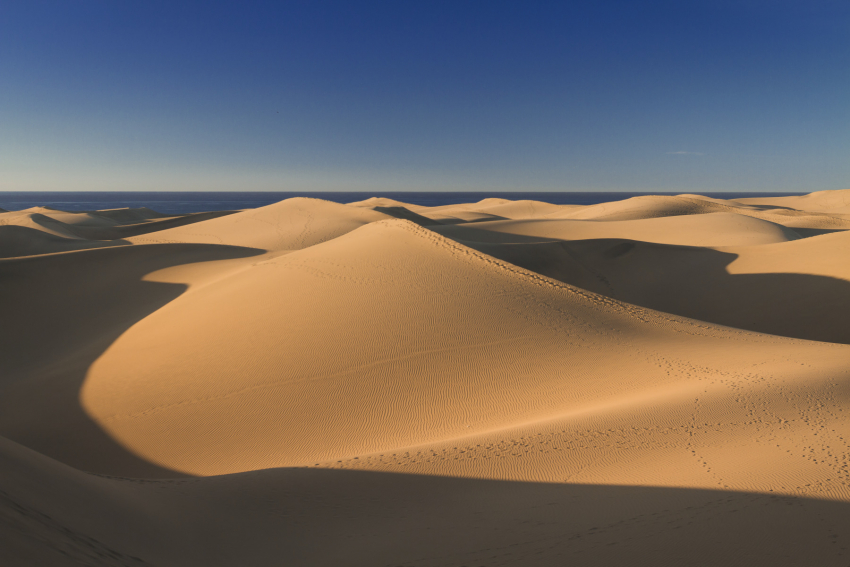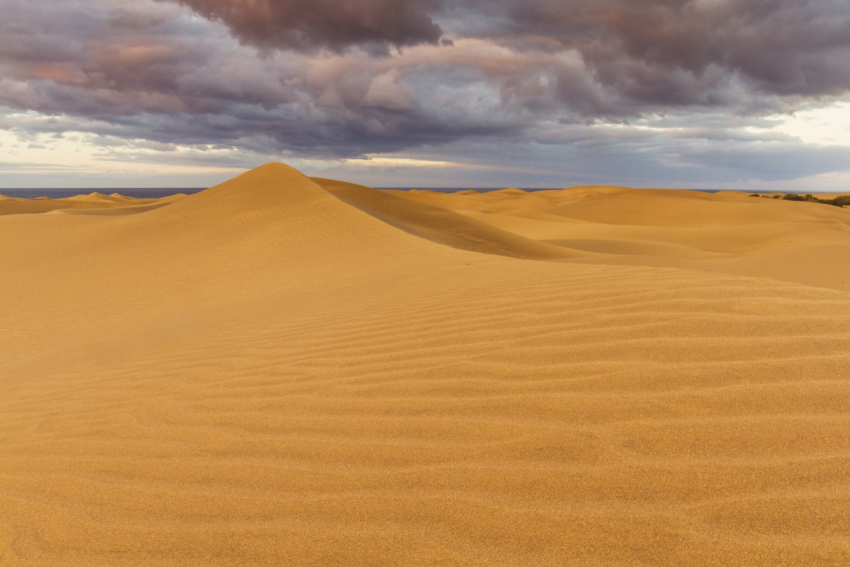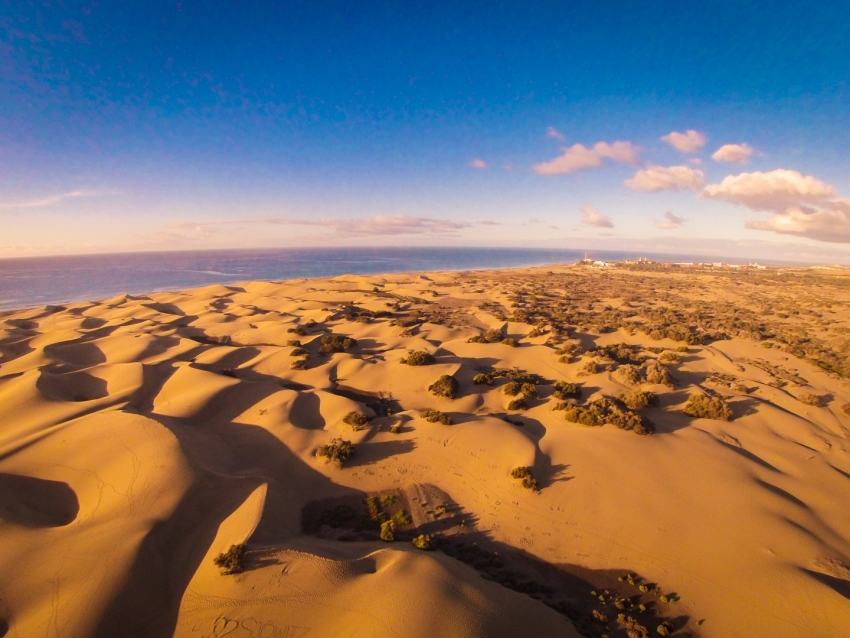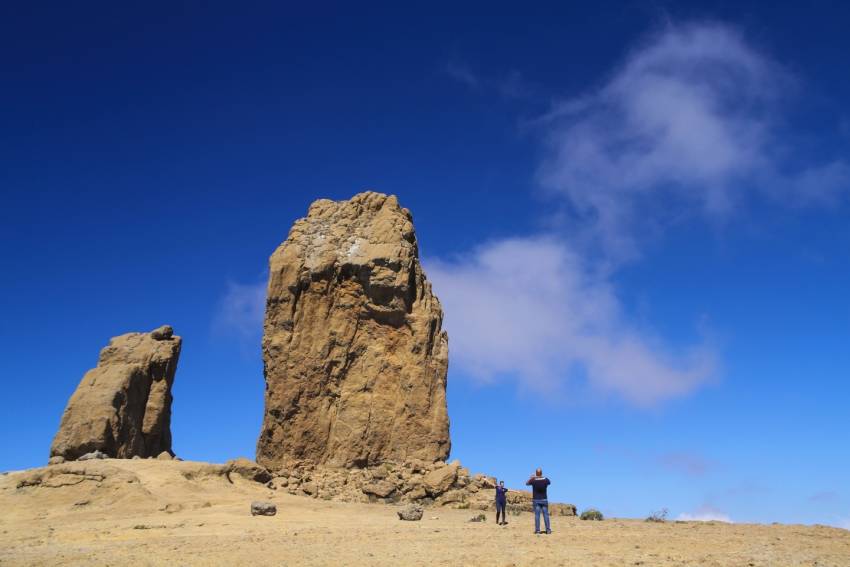Public Access To Maspalomas Dunes Restricted To Marked Trails
The Maspalomas dune system in Gran Canaria has transformed since the beginning of the Coronavirus lockdown. The undisturbed dunes have recovered their natural shape and grown in height, and the area's native vegetation has started to recover.
The dune system, considered one of the jewels in Gran Canaria’s crown, has suffered in recent years from constant trampling and sand loss.
From now on visitors will have to stick to the eight kilometres of marked trails within the dunes or risk a fine. The new rules mean that visitors will no longer be able to walk across the dune field, sunbathe in the bushes (yeah, yeah, we know), or surf down the dunes themselves. Access to the beach along the front of the dunes will not be affected by the new rules.
The rules will be enforced by a team of six caretakers and regular police patrols, both with the ability to fine people. Fines start at 150 euros for going off the path to 600,000 euros for removing sand on a large scale.
While this move will be unpopular with those used to roaming the dunes, they are designed to protect a threatened ecosystem. The Maspalomas dunes have slowly shrunk in recent years due to constant trampling and changes to natural wind flows.
The dunes are so threatened that the authorities now transport sand from the seashore to the back of the dunes rather than let it blow into the ocean. They have also removed 15,000 invasive tilapia fish from the Charco de Maspalomas lagoon.
Maspalomas Dunes Go Back In Time During Lockdown
The Maspalomas sand dunes have recovered their pristine natural form after six weeks of lockdown in Gran Canaria.
Are The Maspalomas Dunes Really Disappearing?
A new study suggests that the Maspalomas dunes will turn into a stony plain within 90 years. Is this true and what can be done about it?
Iconic Gran Canaria: The Bits You Have To See
Once you start getting to know Gran Canaria you find beautiful spots all over the place. But if you only have a week to see Gran Canaria and want to spend some time sunbathing, here's our guide to the island's must-see iconic spots.
Gran Canaria Info recommends:
- Default
- Title
- Date
- Random
















